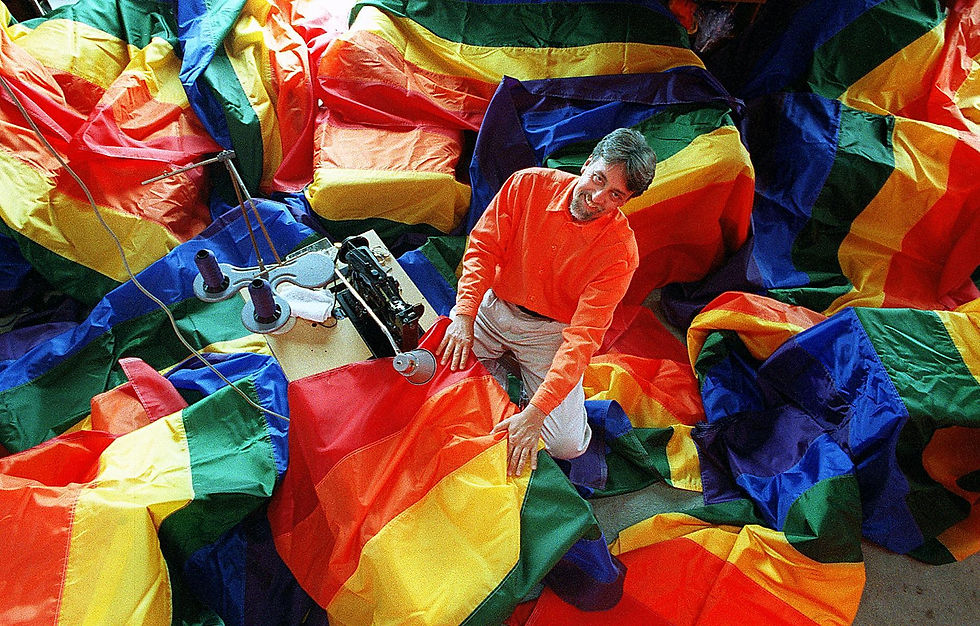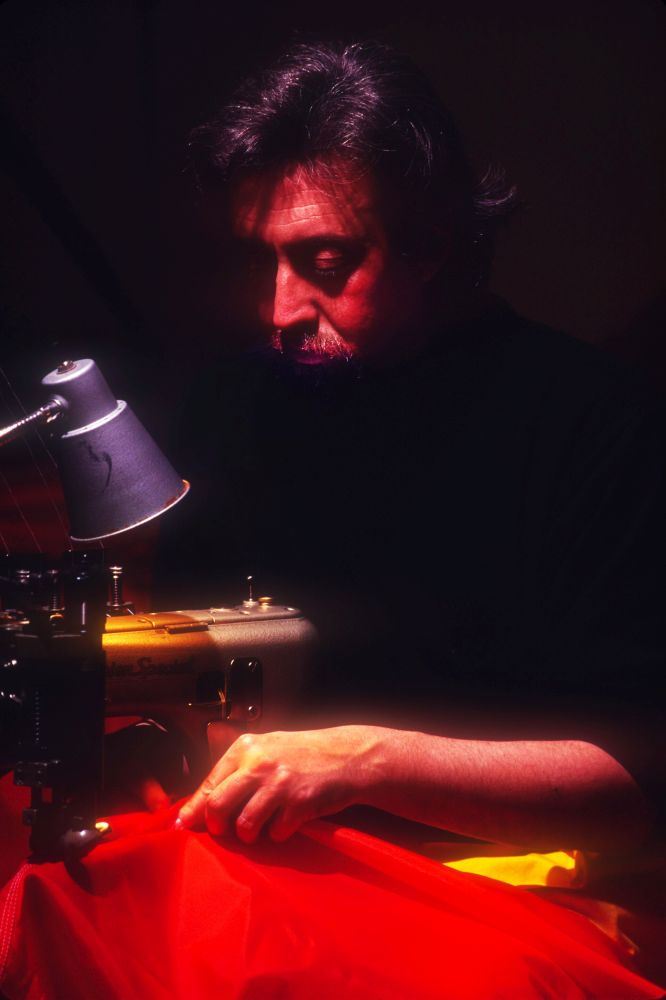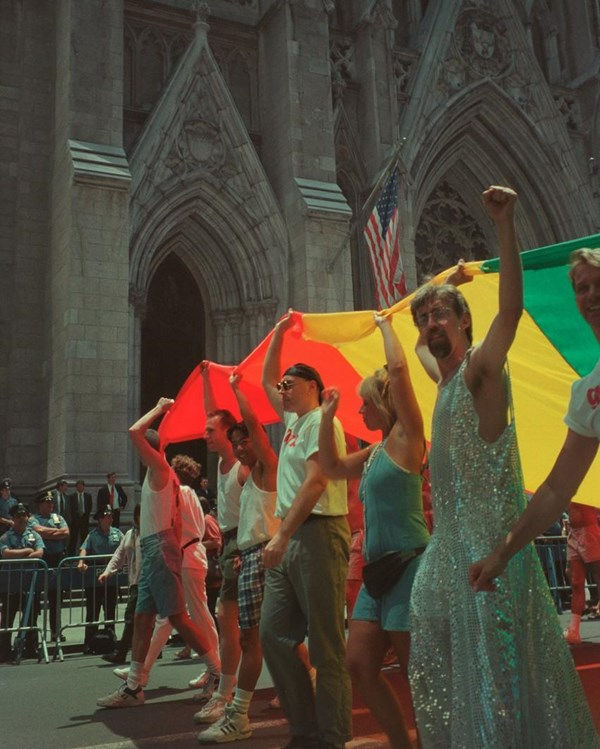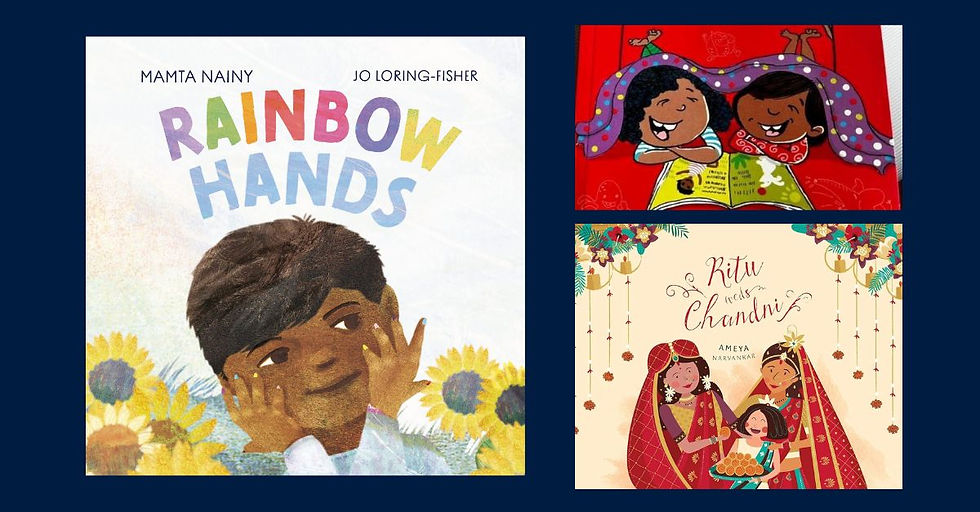What Do These Colors Mean? Unfurling the Story of the Pride Flag
- Sonal Giani
- Jul 1
- 4 min read

June just wrapped up, and with it, Pride Month, a time when the world turns technicolor. From city walls to shopfronts, Zoom backgrounds to luggage belts, we saw an explosion of colors lighting up public and private spaces alike. However, the rainbow that appears every June is not just about festivity or flair. The Pride flag, in all its evolving forms, carries deep meaning. It is more than decoration. It is a declaration.
It’s easy to take it for granted now. But this flag didn’t always exist. It was born out of a need for something new, something joyful, something that could fly above hate with unapologetic brightness. When artist and activist Gilbert Baker created the Pride flag in 1978, he didn’t just want a logo for the gay rights movement. He wanted a symbol that would uplift. Something that didn't draw from the tragedy and trauma queer communities had endured, but from their beauty and potential.
And that is why he turned to the rainbow.

Rainbows have long been a symbol of promise, peace, and possibility. But Baker went a step further. He assigned a specific meaning to each of the original eight colors on his hand-dyed flag. Some of those choices might seem odd or abstract today, but in the context of the 1970s, they told a bold and imaginative story about queer life that few dared to speak aloud.
Hot pink stood for sex. Not shame, not sin, just sex. Pure, honest, embodied desire. In a time when queer intimacy was pathologized and criminalized, to place sex at the very top of the flag was a radical act of affirmation.
Red was for life. It grounded the flag in the fundamental right to exist and to live fully, something denied to queer people all over the world, and something they had always fought for.

Orange stood for healing. It reminded the community that recovery was possible, not just from illness or violence, but from internalized hatred, from being told for so long that you were broken.
Yellow was sunlight. That one’s easier to grasp. It stood for joy, clarity, visibility, for coming out into the light and finding warmth instead of fear.
Green represented nature. Maybe this one seems out of place at first. But think of it this way. Queer people are not unnatural. This stripe quietly reclaimed what religion and politics had tried to erase: that queerness is part of the natural order, no less sacred than a tree or a river or a bloom.
Turquoise was for magic and art. For the creativity that has always flourished in queer spaces — in drag shows and underground zines, in fashion and film, in protest slogans and poetry. In a world that tried to erase them, queer people reimagined it.
Indigo, later changed to royal blue, symbolized serenity. A wish, really, more than a declaration. The hope that queer lives could be calm, that love could be peaceful, that identity could be carried without fear.
And violet stood for spirit. The inner strength, resilience, and unique soul of queer communities. That last stripe was about pride itself, not just an event, but a state of being.
Over time, the flag had to change. Hot pink was dropped because fabric in that color wasn’t widely available. Turquoise and indigo merged into a single blue stripe. And thus, the six color flag we know today was born. Still beautiful, still powerful, but as the world changed, the community began asking: whose stories are missing?
In 2018, Daniel Quasar answered that question with the Progress Pride Flag. This new version added a chevron, an arrow of forward motion, in black, brown, light blue, pink, and white. Each color spoke to groups that had been pushed to the margins: queer people of color, trans and nonbinary folks, and those living with or lost to HIV or AIDS. In recent years, a yellow triangle with a purple circle was added to represent intersex people. Each addition wasn’t just about inclusion. It was a reminder that pride must always make room for those still fighting to be seen.

Today, this evolving flag waves across borders and barriers. It flutters at protests in Uganda, is projected onto government buildings in Germany, and peeks out from pins on the backpacks of queer teenagers in small towns everywhere. For many, it’s the first sign of safety. For others, it’s a declaration of solidarity. For some, it’s an invitation to come home to themselves.
Of course, not everyone gets it. To the uninitiated, it might just look like an explosion of color. But for those who carry its meaning, the Pride flag is a stitched together manifesto. It says: we exist, we create, we love, we survive, we dance, we resist. And yes, we have the audacity to celebrate.

So this Pride Month, when you see those stripes again — on a banner, on a pair of socks, in a window display, or even just drawn in chalk on the street — pause for a moment. Know that you’re looking at something that was born in protest and grew into a beacon. A flag that refuses to stand still because the community it represents refuses to stop fighting for joy.
It’s not just a rainbow. It’s a revolution in color.



Comments